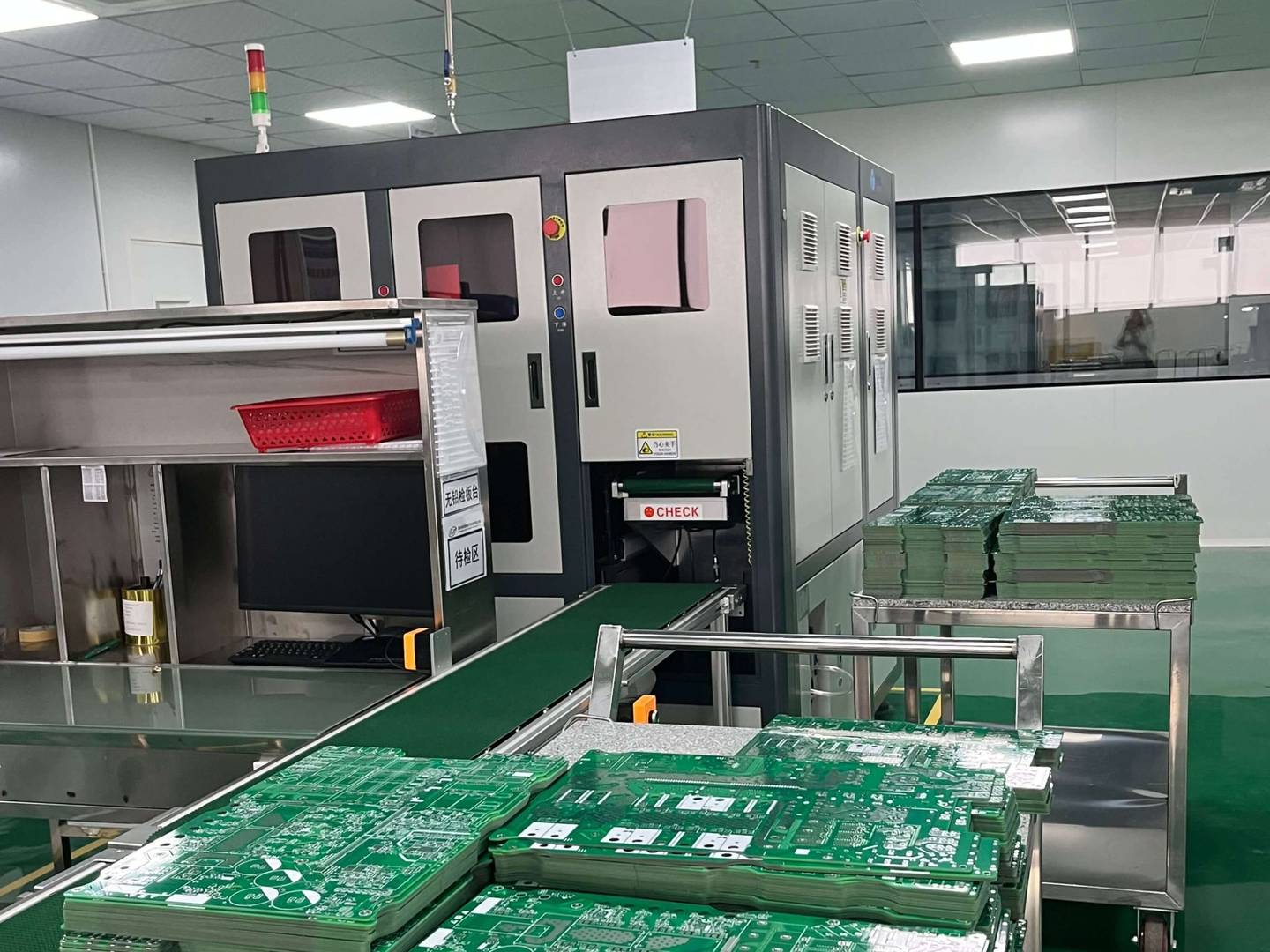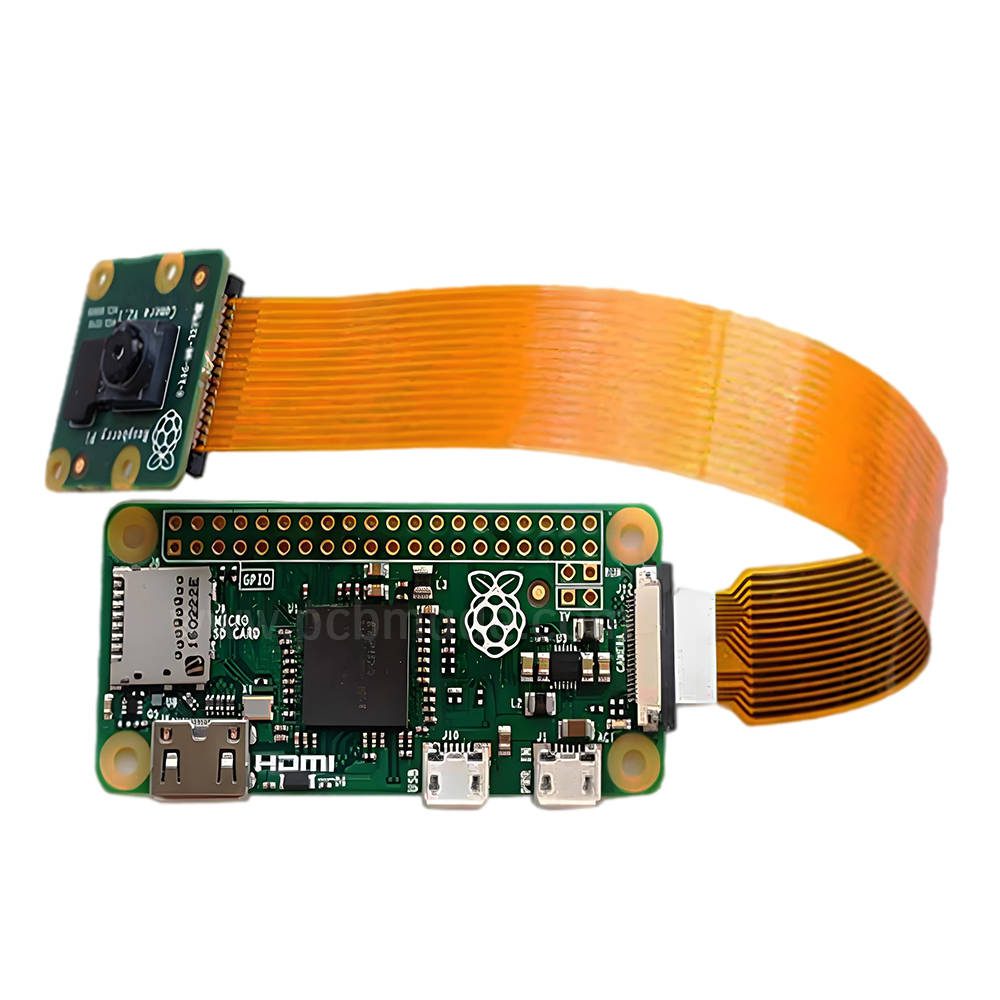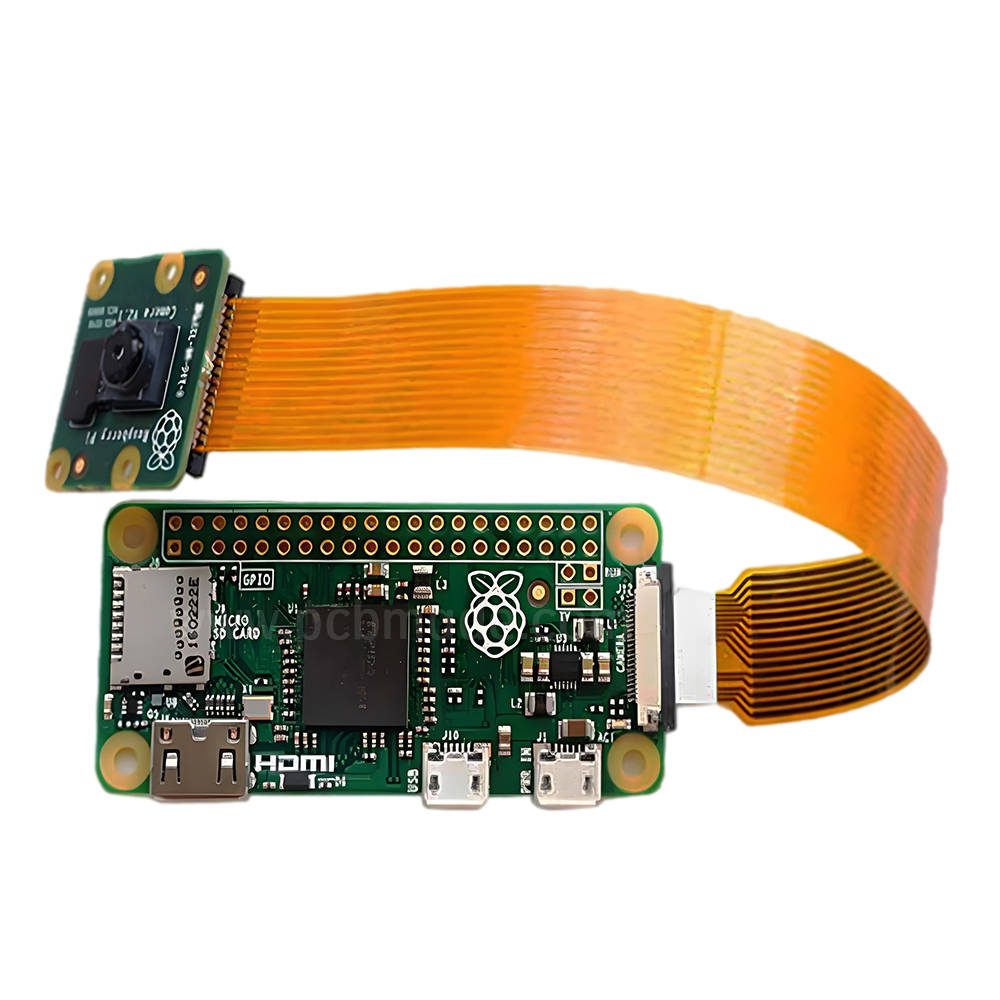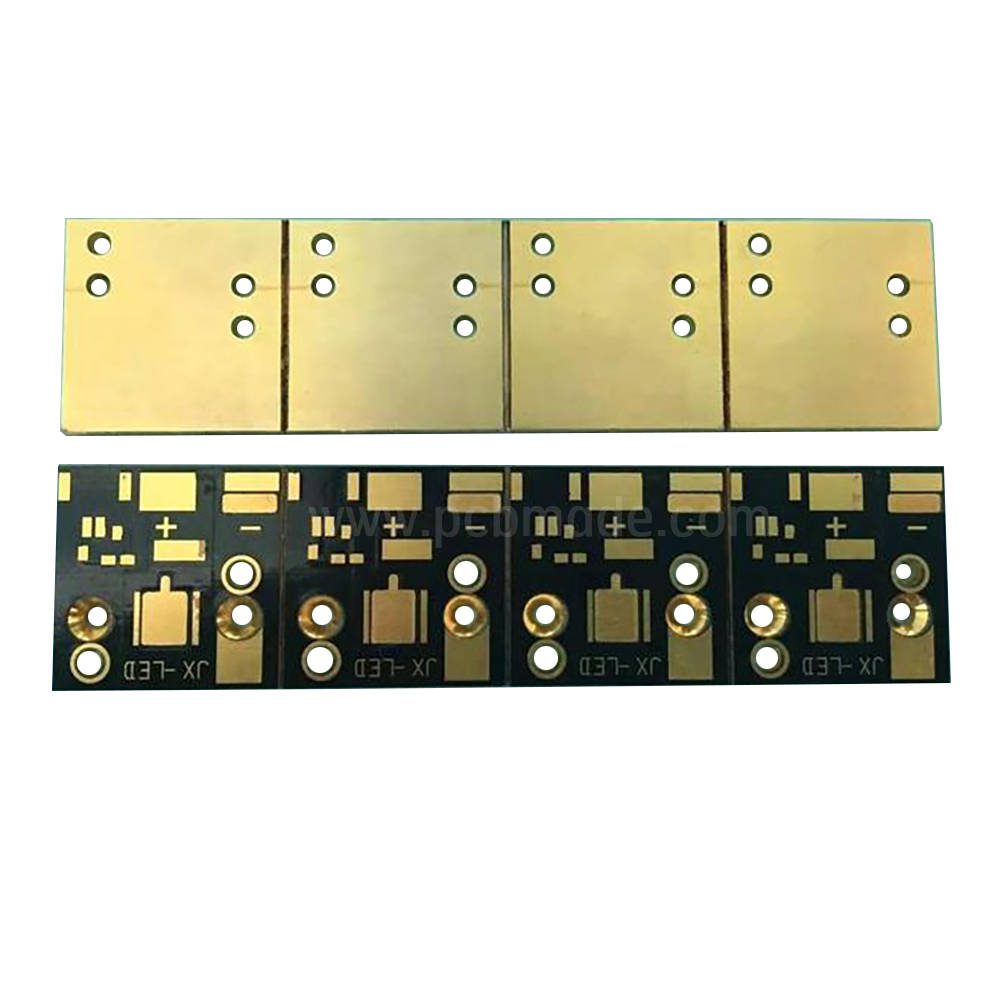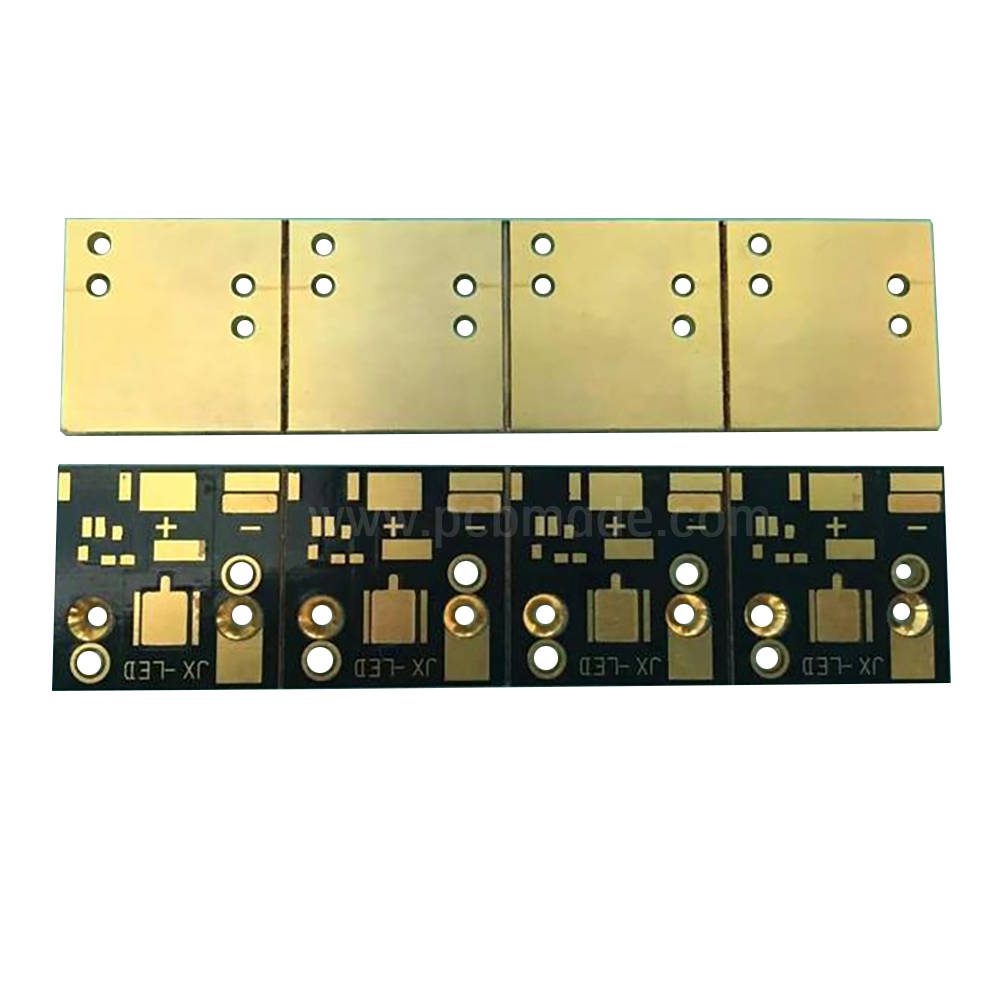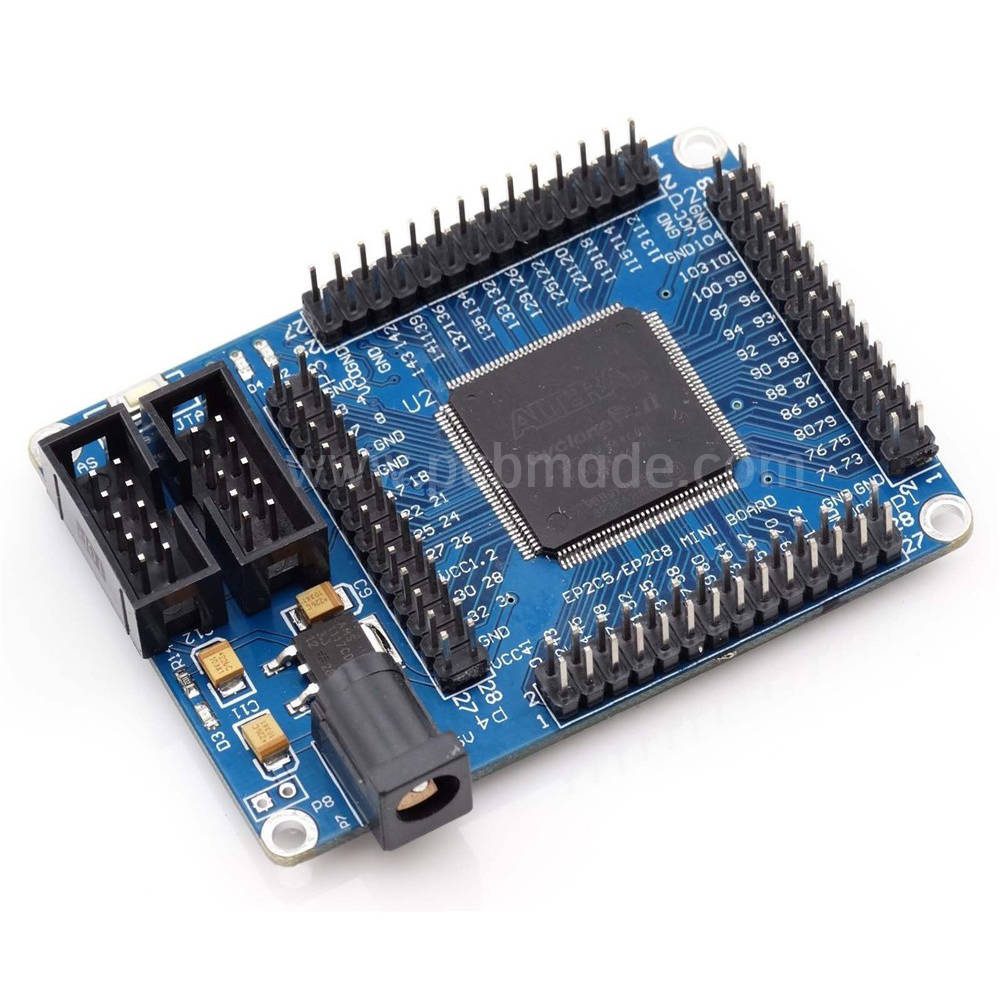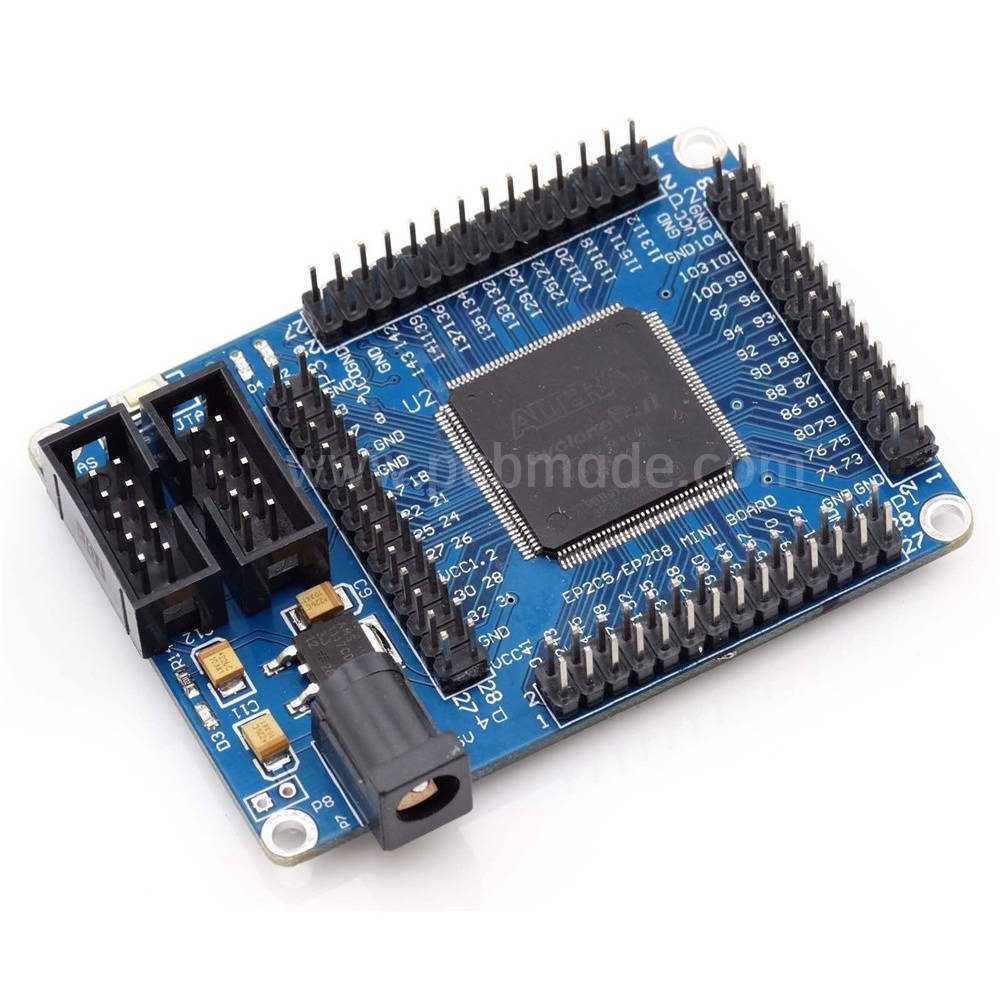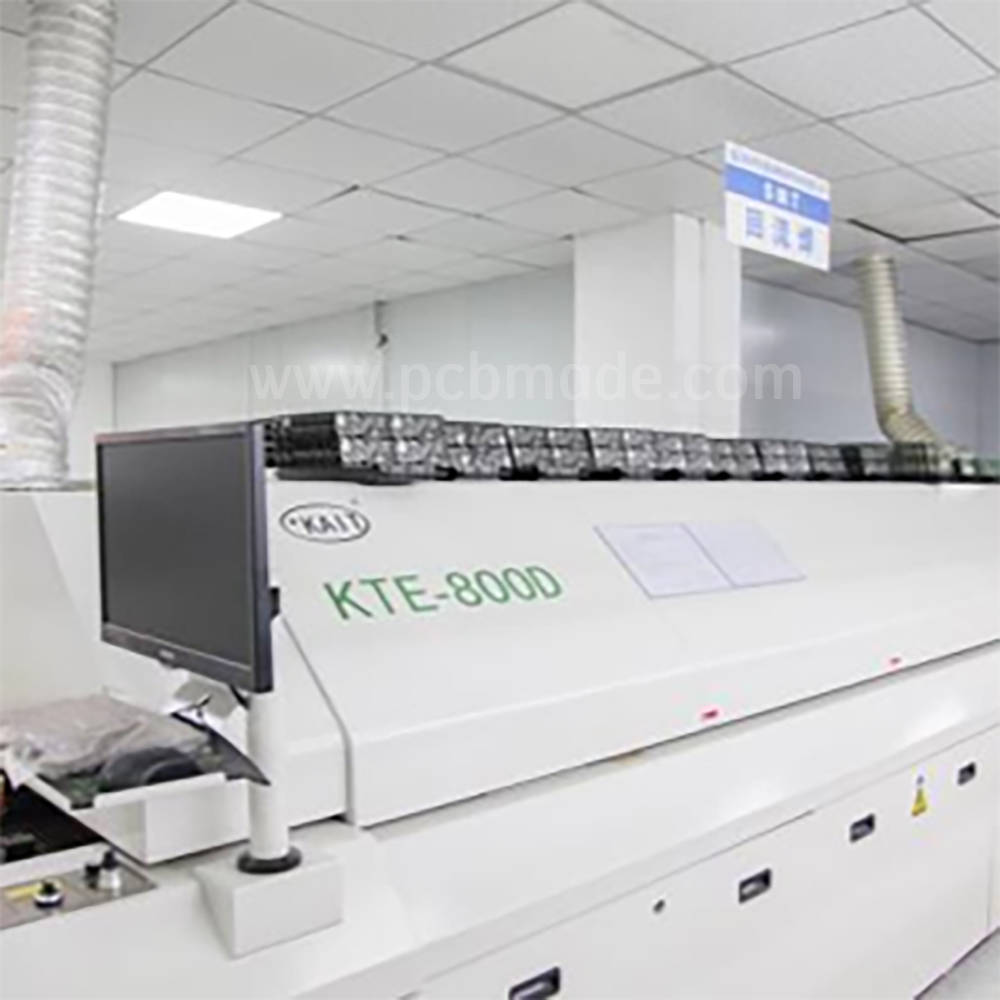In today’s highly informationized and digitized era, the miniaturization, intelligence, and multifunctionality of electronic products have become an irreversible trend. In this process, FPC (Flexible Printed Circuit) technology plays an increasingly important role in electronic products with its unique advantages. So, do you know the origin and development history of FPC technology?
The origin of FPC technology can be traced back to the 1950s, when with the continuous development of the electronics industry, traditional rigid printed circuit boards (PCBs) could no longer meet the needs of all electronic products. Especially in situations where bending, folding, or winding is required. Therefore, people began to explore a new type of circuit board technology, namely flexible printed circuit boards. In 1953, DuPont applied for a polyimide product certificate, which has excellent electrical insulation and mechanical properties and has become one of the basic materials for the development of FPC technology. However, at this time, FPC technology is still in its infancy and has not yet formed a complete technical system and market scale.
In the 1960s, FPC technology began to make breakthrough progress. In 1963, DuPont successfully developed polyimide (PI) film and named it “Kapton”. This film has excellent heat resistance, chemical resistance, and electrical insulation properties, making it an ideal substrate for FPC. Subsequently, people began to attempt to create circuit patterns on PI films, thus opening up the commercial application of FPC technology. In the 1970s, FPC technology entered a golden period of rapid development. With the continuous development of high-precision fields such as aerospace and military, higher requirements have been put forward for the reliability, miniaturization, and lightweight of electronic products. FPC has become an indispensable electronic component in these fields due to its high reliability, bendable and foldable characteristics. In the 1980s, with the recovery of the global economy and the rise of the consumer electronics market, FPC technology began to shift from the military field to the civilian market. FPC is highly favored in portable electronic devices, communication devices, and other fields due to its lightweight and bendable characteristics. During this period, China and other Asian countries, leveraging their advantages in electronic manufacturing, began to vigorously develop the FPC industry and quickly became major suppliers in the global FPC market.
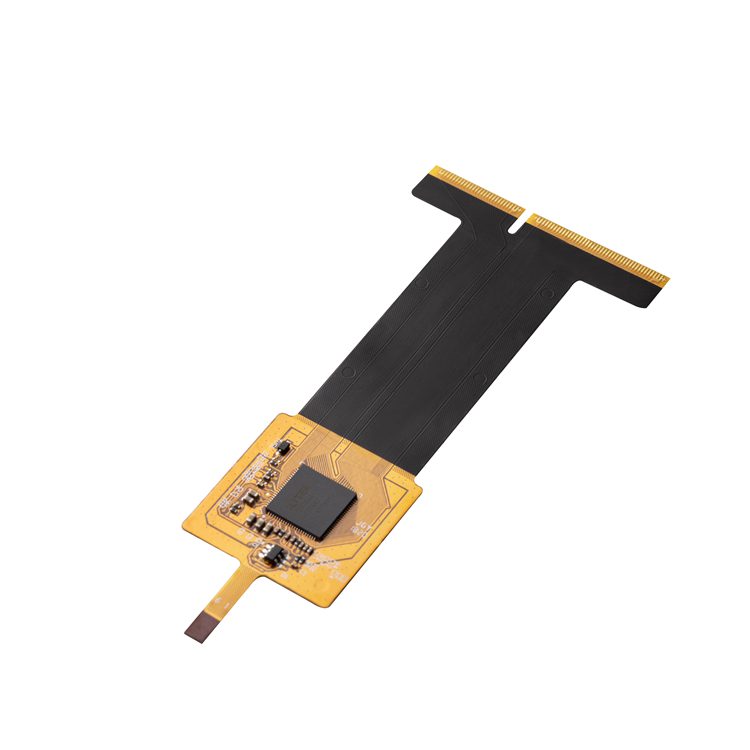

Entering the 21st century, with the rapid development of information technology and the increasing demand for electronic product performance from consumers, FPC technology has ushered in new development opportunities. Especially in the field of handheld mobile devices such as smartphones and tablets, the advantages of FPC as a connecting cable are gradually gaining attention. These devices require thinner, more flexible, and durable cables, and FPC perfectly meets these needs. Therefore, FPC technology has been widely applied in these fields and has promoted the rapid development of the entire electronics industry.
In recent years, with the rise of emerging technologies such as the Internet of Things and artificial intelligence, FPC technology has encountered new challenges and opportunities. FPC has become an indispensable electronic component in emerging fields such as smart homes, wearable devices, and autonomous driving due to its high reliability, high transmission rate, and wide frequency range. Meanwhile, with the continuous advancement of manufacturing processes and the reduction of costs, the application areas of FPC technology are still expanding and deepening.
FPC technology has gone through more than half a century of development since its inception. From its initial embryonic stage to its widespread application and continuous innovation, FPC technology has played an increasingly important role in electronic products with its unique advantages and wide application fields. In the future, with the advancement of technology and changes in market demand, FPC technology will continue to play an important role in the miniaturization, intelligence, and multifunctionality of electronic products, making greater contributions to human technological progress and the improvement of quality of life.


